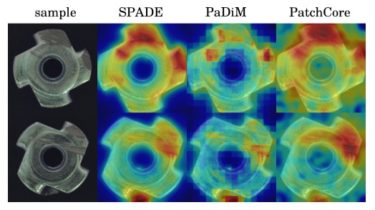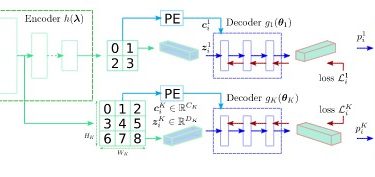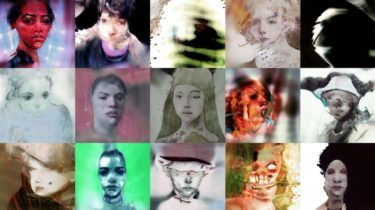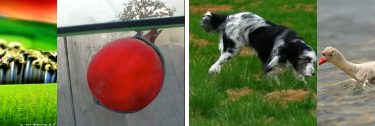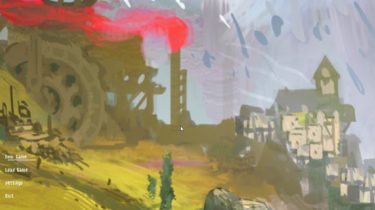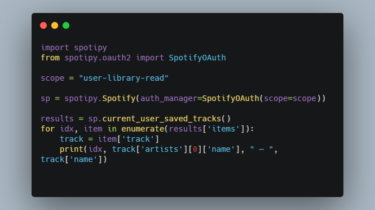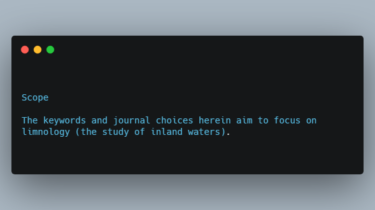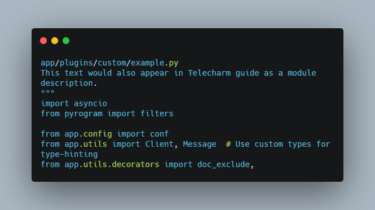Industrial knn-based anomaly detection for images
Industrial KNN-based Anomaly Detection Industrial knn-based anomaly detection for images. Visit streamlit link to check out the demo. This repo aims to reproduce the results of the following KNN-based anomaly detection methods: SPADE (Cohen et al. 2021) – knn in z-space and distance to feature maps PaDiM* (Defard et al. 2020) – distance to multivariate Gaussian of feature maps PatchCore (Roth et al. 2021) – knn distance to avgpooled feature maps * actually does not have any knn mechanism, but […]
Read more